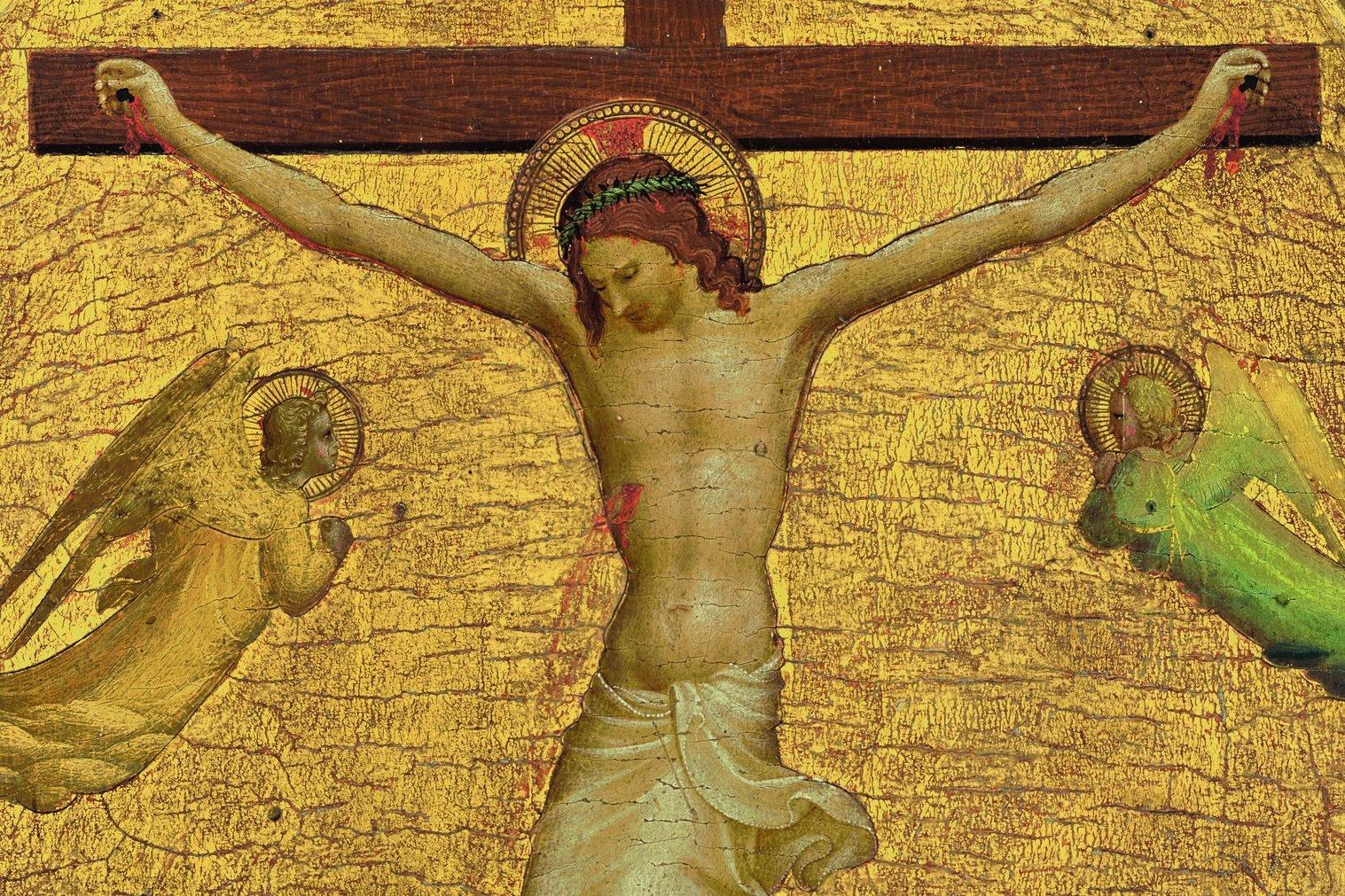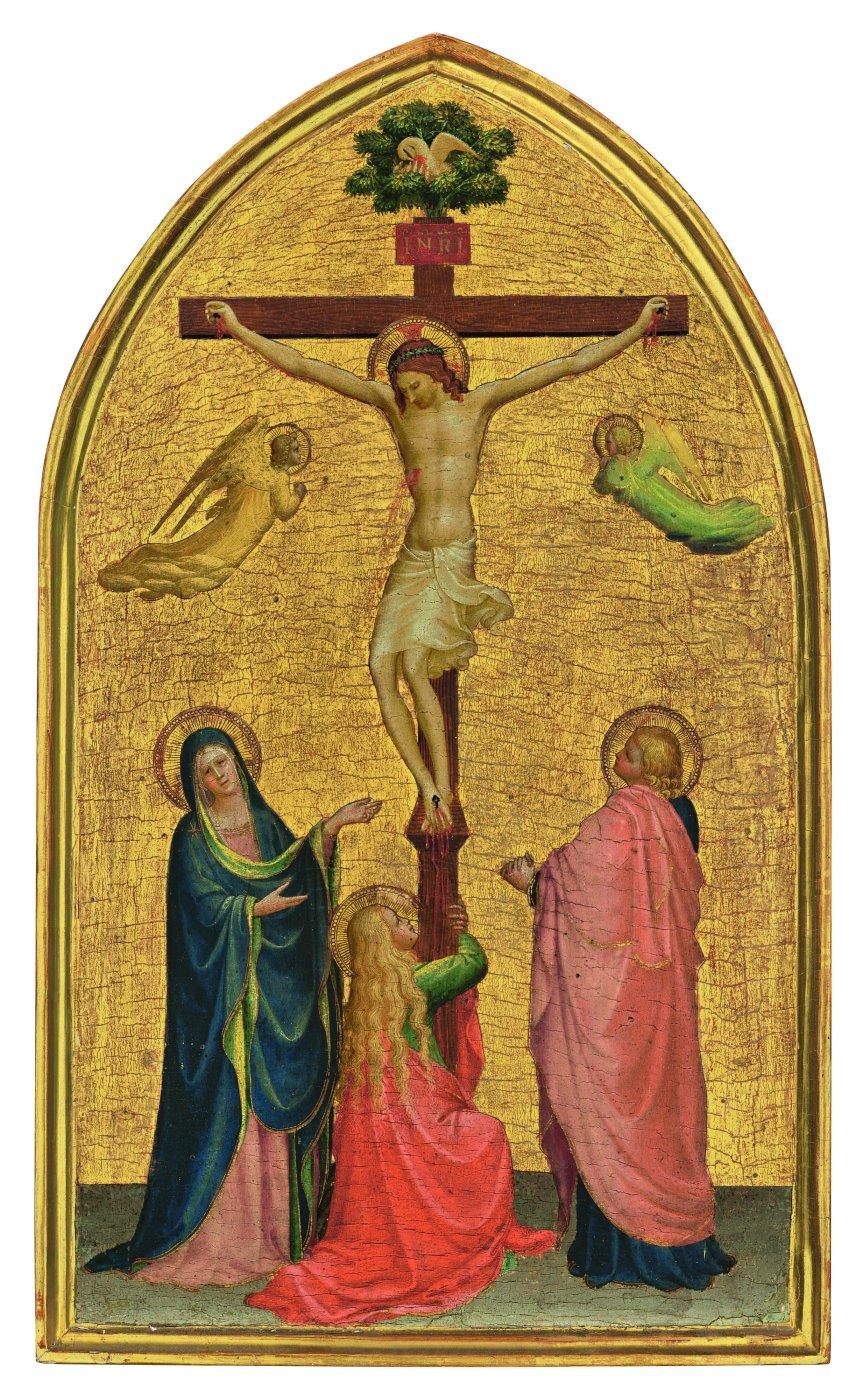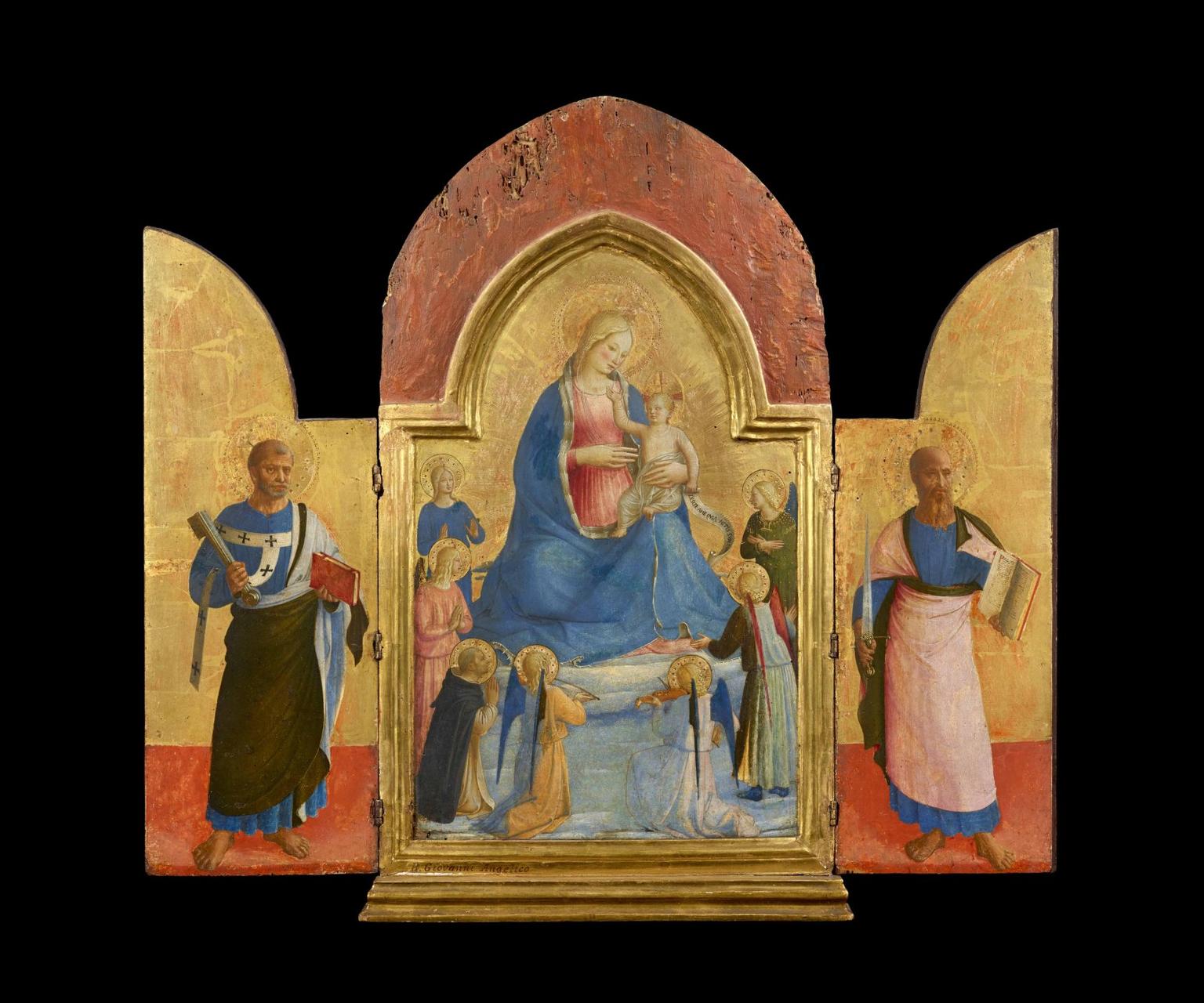Supporting the acquisition of a Renaissance masterpiece in Oxford

The impassioned campaign by the Ashmolean Museum to secure a rare Fra Angelico for the public was a mission that Art Fund felt compelled to support.
A version of this article first appeared in the spring 2025 issue of Art Quarterly, the membership magazine of Art Fund.
Fra Angelico (c1395-1455) is one of the most revered Renaissance painters, so it was a cause for celebration when the Ashmolean Museum in Oxford announced late last year that it had acquired one of his important early works, after a successful campaign raised £4.48m to buy the picture from a private UK collection and halt its export abroad.
Art Fund, with a contribution from The Wolfson Foundation, is pleased to have been a major contributor, providing a grant of £400,000. Enabled by the support of its members through the National Art Pass, Art Fund has run many successful campaigns to save signifiant works of art, but in some cases, supporting existing campaigns is what is needed.
Titled The Crucifixion with the Virgin, Saint John the Evangelist and the Magdalen, the picture has been dated to the early 1420s, when Fra Angelico was at the beginning of his career as both a painter and Dominican friar in Florence. There is no record of who commissioned the painting, which is a small devotional panel of egg tempera on wood.
At some point in the 19th century, it entered the collection of the 2nd Lord Ashburton in England, and from there, through marriage, it passed into the hands of the Marquess of Northampton, where it was attributed to the school of Lorenzo Monaco. It passed by descent in the Northampton family, and, in 1996, it was reattributed to Fra Angelico by the art historian Francis Russell, who identified the ‘unambiguous expression’ of the artist’s personality in the tender representation of Christ.

In 2023, Christie’s sold the picture on behalf of the current Marquess of Northampton, and only a temporary export deferral recommended by the Reviewing Committee administered by Arts Council England prevented the work from leaving the country.
At this stage the Ashmolean became alerted to the possibility of entering negotiations to acquire the work, a dream that came within reach when its chairman, Lord Lupton, and benefactors David and Molly Borthwick pledged to donate a significant portion of the £4.48m price. This left six months to raise the remainder through contributions from generous donors, grant applications and a public campaign.
For Jennifer Sliwka, Keeper of Western Art at the Ashmolean, acquiring the work became a personal campaign as well as a public one. As a Renaissance specialist, she could see the remarkable opportunity to add a work of both exquisite beauty and rarity to an outstanding collection of Italian art. ‘I went to the director and said, “I think this one is for us”,’ she says. ‘That seems audacious, but this painting has that kind of power.’
For Sliwka, the significance of The Crucifixion lies in its complete representation of the artist’s originality and skill from a date so early in his career. ‘If you know Fra Angelico, you can see this is already him,’ she says. ‘He paints the Crucifixion over and over again in the 1430s, and it’s essentially this. He’s already figured out so much.’
While the gold ground and lapis lazuli of the Virgin’s cloak are common elements in paintings of this period, Sliwka points to the three-dimensional quality of the figures beneath the cross and the portrayal of their emotional responses as the revolutionary developments in the work.

In particular, she singles out the figure of St John the Evangelist and specifically ‘the sophistication of his turning head and disappearing profile’. Scholars have suggested that at this date Fra Angelico was absorbing the lessons of new sculptural works in Florence by artists such as Lorenzo Ghiberti and Donatello.
The other revolutionary element is in the crucifixion itself, which is shown head on rather than with a shadow down the side of the cross as was the convention of the day. ‘It beautifully positions you as the devotee, in front and looking up,’ explains Sliwka.
Now that the painting has been acquired for the Ashmolean, it can be seen at the museum alongside a later triptych of the Virgin and Child attributed to Fra Angelico and his assistants, and will be an invaluable research resource.
This is only possible thanks to everyone getting behind the campaign, including Art Fund and its members. ‘This incredible picture was in a private collection for 200 years and might have disappeared abroad,’ says Sliwka. ‘Now it essentially belongs to everybody. That’s a beautiful thing.’
Ashmolean Museum, Oxford. Free to all, 50% off paid exhibitions and 10% off in shop with National Art Pass.